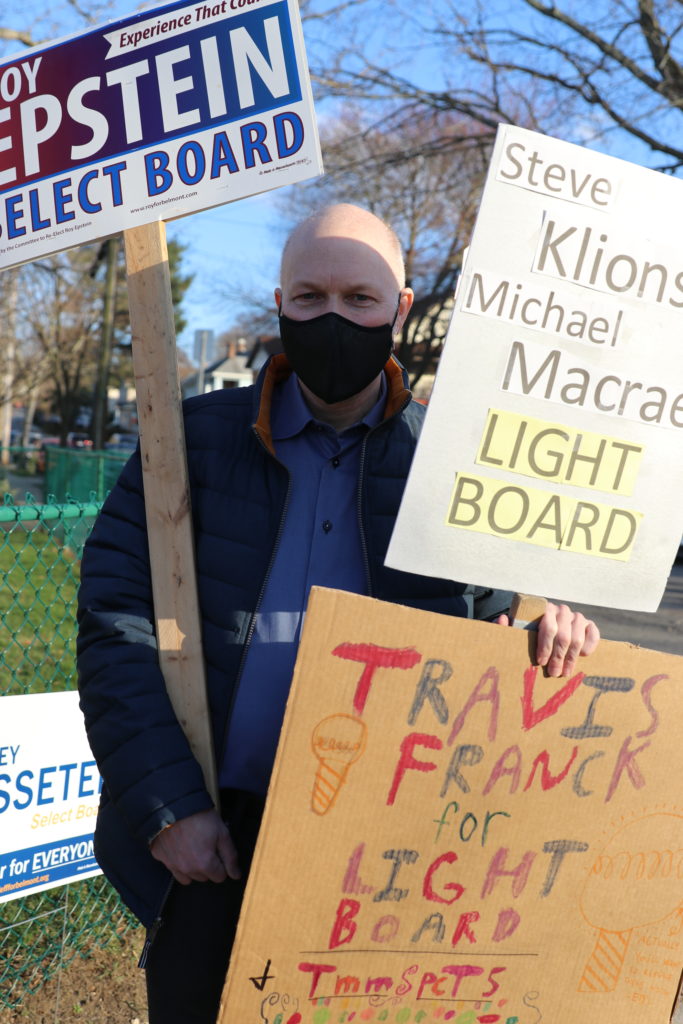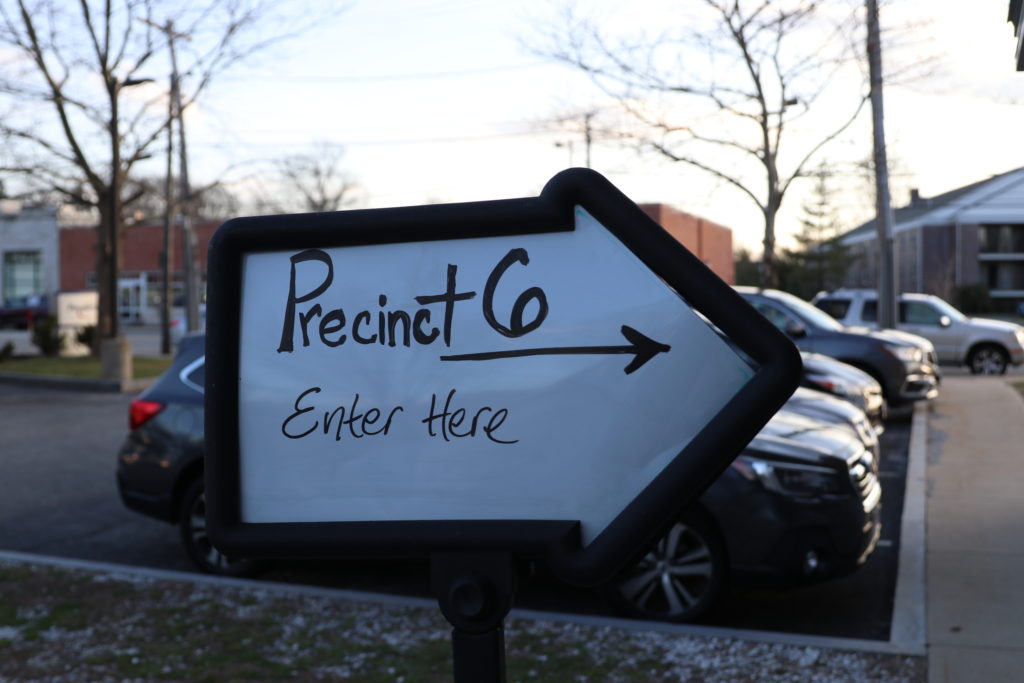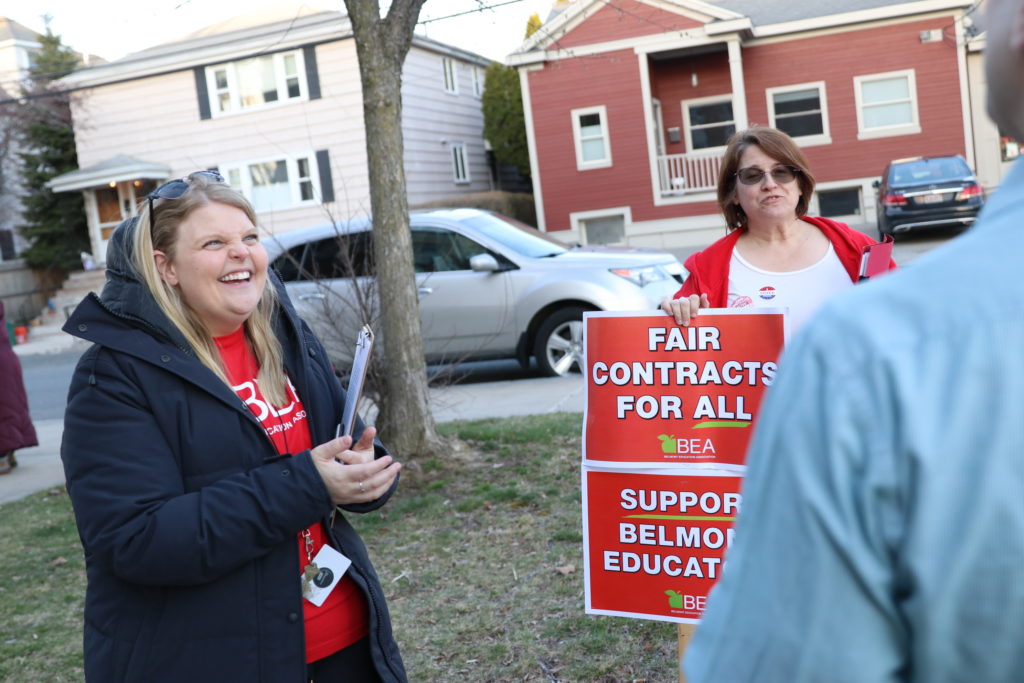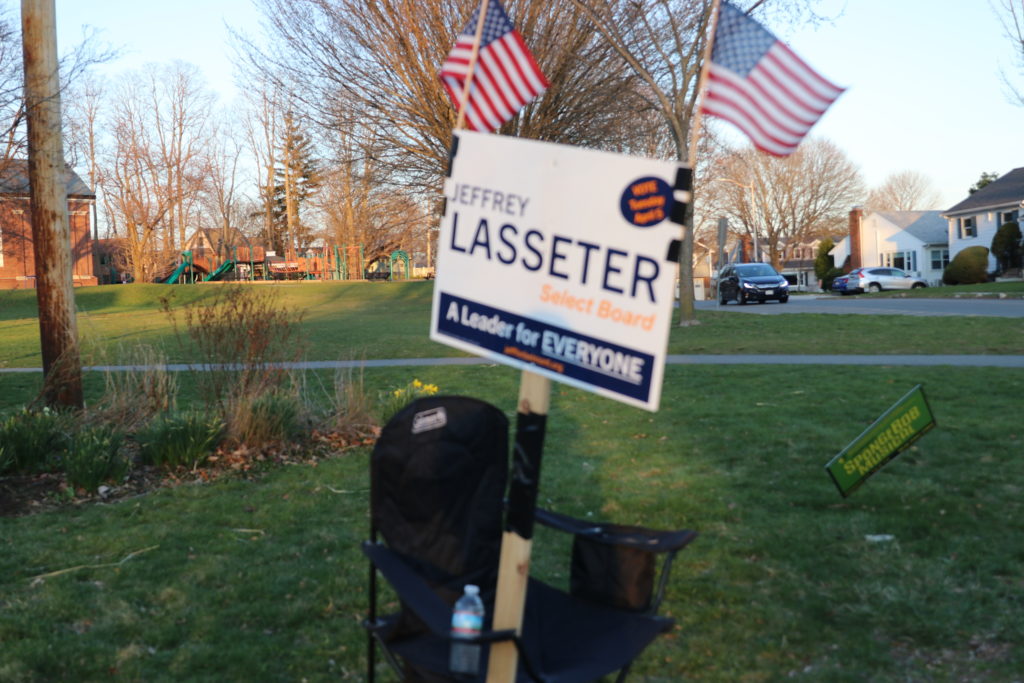Photo: A map of hte location of the two speed tables for Winter Street
The longstanding complaints from homeowners along lower Winter Street that vehicles are treating their street more like a drag strip than a neighborhood street has been answered.
On Tuesday, Sept. 21, the Select Board approved placing a pair of raised traffic tables on Winter between Marsh Street and Concord Avenue to slow down the increasing traffic load that includes a return of the commuter cut-through drivers.
Residents came before TAC on July 8 for “what was identified as a speeding problem,” said the Director of the Office of Community Development, Glenn Clancy, with cars and trucks racing to Route 2 and towards the dicey intersection with Concord Avenue that leads to Belmont Center.
A subsequent week-long speed data study by the Belmont Police Department confirmed the residents’ observations: nearly three of every five motorists were caught traveling above 30 mph, five mph faster than the posted speed limit in thickly settled neighborhoods.
Based on the findings, TAC held a meeting in early September where all but one of the households supported Clancy’s and the TAC’s recommendation of installing three-inch tall tables at either end of that stretch of Winter Street.
“[A raised table] is a technique that we’ve used in Belmont for the last several years, which has been effective,” said Clancy, pointing to its use on School Street adjacent to the Burbank School.
“They are designed to slow traffic down. They are not designed to jolt or jar traffic” but be a visual clue for drivers to reduce their speed, said Clancy.
When Board Chair Mark Paolillo worried that more residents would petition for tables so that the town would be swamped with them over time, Clancy said a recent data study of Belmont Street from Trapelo to Common found the average speed was 21 mph.
“It is surprising when you do the studies how often the data actually shows that the average speed is below 25 mph,” said Clancy.
The project’s total cost will be $4,600 and will be funded from the annual pavement management account. The installation will occur in the following months.









